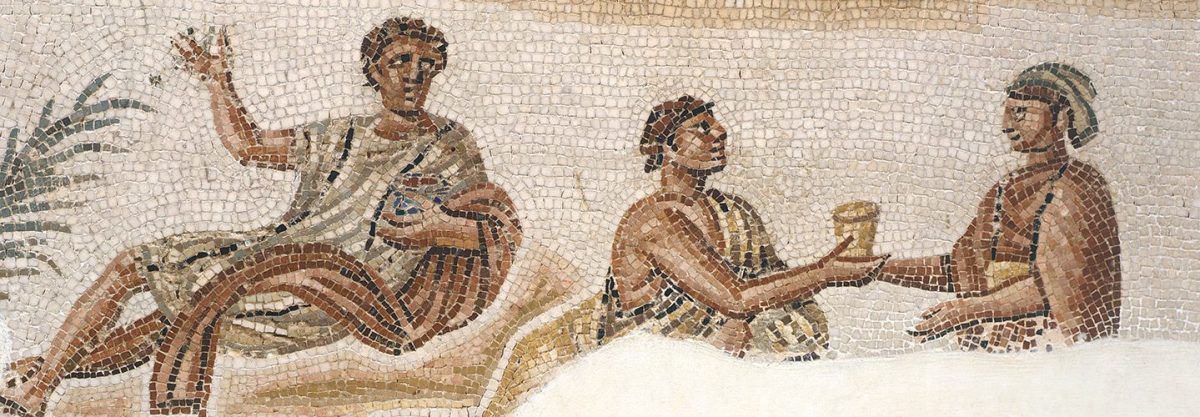Cheers! Keep this history lesson in mind when you’re making the annual New Year’s Eve toast at your party this year. At one point in time, folks making a toast actually used toast.
The origin of the word “toast” can be dated back to 16th-century German students who would shout the Latin word “Prosit!” meaning “May it do you good!” The word morphed into the toast often used in Germany: “Prost.” The jump from “prost” to “toast” is an easy one to make.
The privileged people in medieval Europe often ate warm bowls of wine or ale with toast to sop up the liquid. Folks would also use the toast to soak up soup or milk. This tradition still lives on today – who doesn’t love a French onion soup with crunchy croutons?
Falstaff, a heavy-drinking Shakespearean character, once called for a “toast” but what he really wanted was bread with his wine refill.
By the 1700s toasting in a party setting sans actual toast was becoming more the norm and folks were consuming elaborate, clever speeches in lieu of hearty, carb-filled bread. According to Atlas Obscura, if a lady was especially beautiful, she might be considered the “toast of the town.”
Thanks for reading InsideHook. Sign up for our daily newsletter and be in the know.

















